Pumpkin mead is a fun, flavourful seasonal beverage... and it's easy to make at home! Learn How to make Pumpkin Mead, with our recipe!

If you've ever stopped off at roadside gift shops along the highway at certain times of the year, you've likely come across bottles of pumpkin mead at some point. Sure, it's a fun touristy purchase... but it's also something you can make at home, for a fun fall project this year. (And a fun fall beverage, NEXT year!).
Pumpkin mead is relatively easy to make, and doesn't really require anything weird in terms of technique, ingredients, or equipment... just a bit of patience!
Mead, A Primer
One of the very first home brewing recipes we shared on the blog was our Clementines Mead, and we’ve since posted a couple more, pretty recently - Homemade Blueberry Mead And Homemade Wildflower Mead ... so you may already know about mead 😉

Mead is basically a wine, but instead of being made from fruit, it’s made from honey. Technically, this recipe is a melomel - a mead that’s been fermented with the addition of fruit - but “mead” is a much better-known term.
(There's also maple syrup - so it's technically also an acerglyn (Mead made with honey and maple syrup), but basically NO one uses that term, so "mead" it is!)
Learn The Basics of Making Pumpkin Mead
If you haven't attempted making mead or wine before, don't be intimidated!
- Wine Making At Home, Part 1: Why?
- Wine Making at Home, Part 2: Equipment to Get Started
- Wine Making at Home, Part 3: The Brewing Process.
- Wine Making at Home, Part 4: How to Stabilize and Back Sweeten Wine
Just a small handful of entries, and you'll be good to go!
Pumpkin Mead Ingredients
Now that you have a basic idea of what’s involved with making mead, let’s look at the ingredients you’ll be using

Spring Water
While using tap water can be an option, we opt to use jugs of spring water, for a couple of reasons..
First of all, life in Minneapolis opened our eyes to the fact that tap water doesn’t always taste good. While our water here in Hamilton always tastes fresh and clean (without a filter even!), we know that’s not the case for everyone. Bottled spring water won’t introduce any weird, undesirable flavours to your pumpkin mead.
Additionally, there’s the convenience factor. Not only is it clean tasting, it’s pre-measured, sterile, and handy.
However, if your tap water is consistently tasty and safe, feel free to use that instead of bottled.
The Honey
Unlike more basic varieties of mead, Pumpkin Mead involves a lot of flavours being added, so your choice of honey isn’t going to have AS much of an effect on the final taste, as it would on some other mead recipes.
A lighter tasting, mild honey will basically just bring the sweetness / base to the mead. A more robust one - like a buckwheat honey - may add a little flavour... but it’s still likely to mostly be covered up by the pumpkin, brown sugar, and spices.
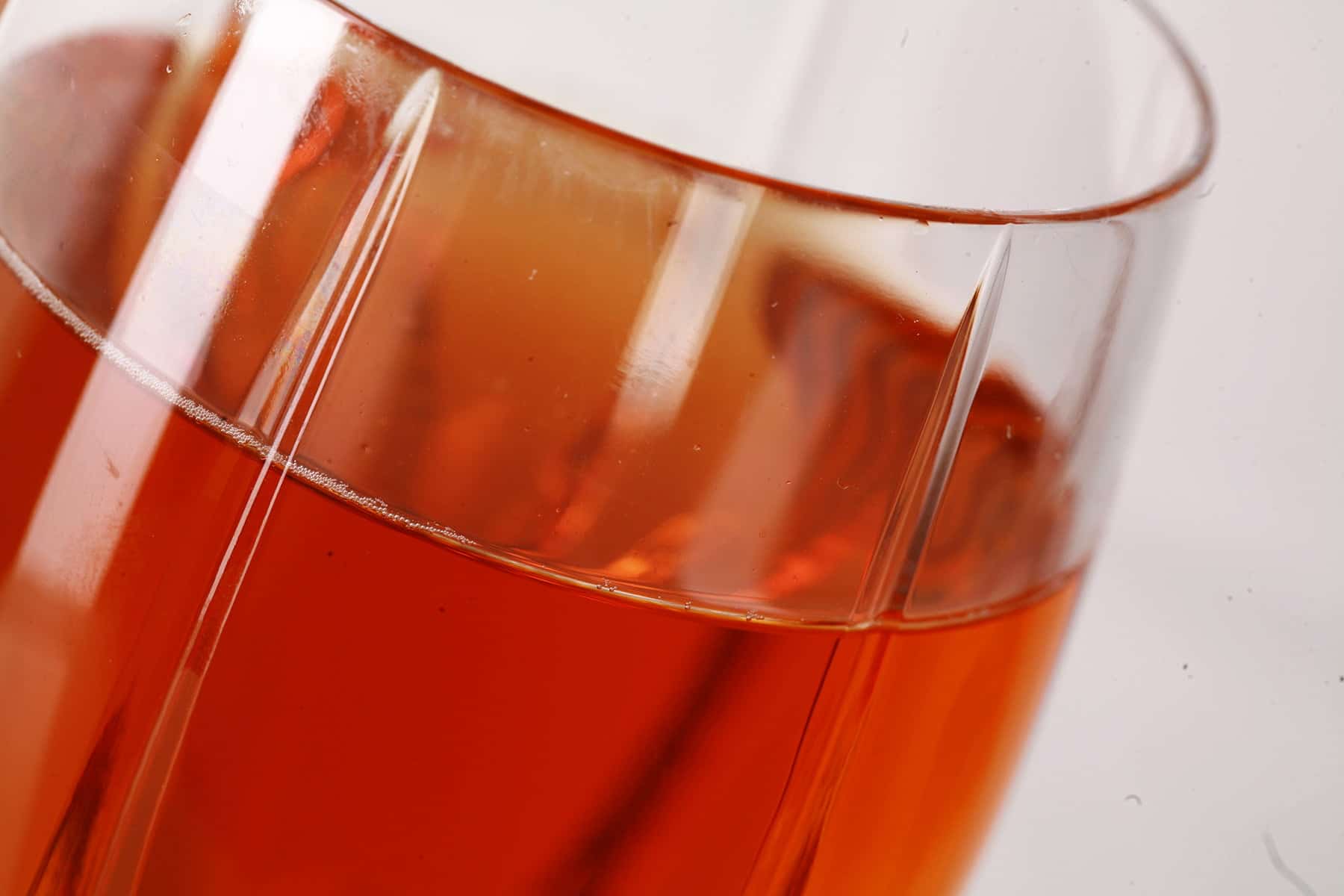
Brown Sugar and Maple Syrup
Brown sugar and maple syrup are unusual ingredients when it comes to mead making, but it adds a certain something to this one.
IMHO, a Pumpkin Spice mead should be a bit more complex, and I like what the additional forms of sweetener bring to it - the molasses from the brown sugar, and the maple flavour from the syrup. It all just works really well together, between these, the honey, and the flavourings.
... probably not the most traditional mead - and I’m sure people will argue about it even being considered a mead - but when it comes down to it, you’re making a tasty fall wine-type beverage to enjoy. That’s it - so... pinkies up, and pedantry down? 🙂
Pumpkin Puree
As is, with the minimum 2 cans of pumpkin puree, this makes a nice mead that doesn’t smack you in your face with pumpkin flavour.
As with all wine recipes, this is HIGHLY customizable. Feel free to add another can or two to the recipe, for more pumpkin flavour.
... just keep in mind that more pumpkin = more fermentable sugars. You can tweak the sugar amounts listed ahead of time, or you can just accept that you’ll end up with a higher ABV pumpkin mead in the end. Totally up to you!
Quick note: Pumpkin Puree is not the same as “Pumpkin Pie Filling”, though they’re usually sold in the same spot. Get the puree, not the pie filling!
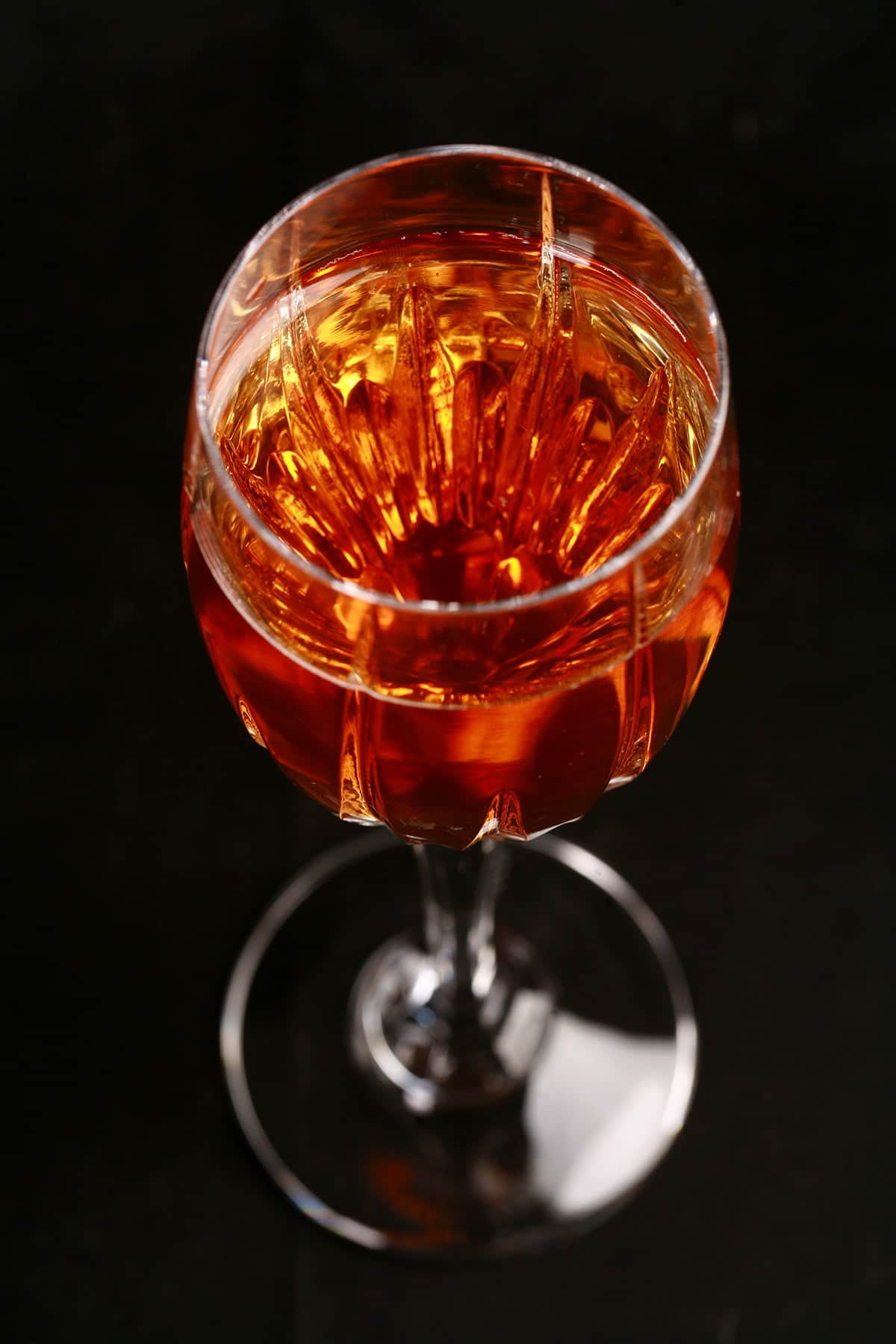
More Pumpkin Recipes
When fall is here, is there anything better than indulging in some pumpkin goodies? Here are our favourite ways to use the gourd!
How to Carve a Pumpkin Like a Pro
Maple Pumpkin Spiced Muffins
Maple Walnut Spiced Pumpkin Buns
Pumpkin Pancakes
Pumpkin Spice Nanaimo Bars
Additional Flavours
Just as the pumpkin puree is customizable, so too are the flavours added. Feel free to add any flavours you’d like in addition to those listed, leave out those you’re less interested in, or change the proportions to suit your tastes.
The amounts of fresh ginger, cinnamon, nutmeg, cloves, orange, and vanilla bean listed produce a mildly flavoured - and well balanced - basic pumpkin mead.
If you’re looking for something with more spice, you can definitely add more of any - or all - of the spices involved.
If you get through primary fermentation and want more flavour, you can always add more - usually in the form of cinnamon sticks, vanilla beans, whole cloves, orange peel - to the secondary fermenter. Just be sure to use very clean hands - or gloves - when handling the ingredients being added.
Back Sweetening Your Pumpkin Mead
Sometimes, you’ll find that the yeast went a bit too far with their smorgasbord, and you end up with a pumpkin mead that’s not as sweet as you’d like it.
... and that’s when you back sweeten it! You can read my How to Stabilize and Back Sweeten Wine post for information on how to back sweeten it.

More Home Brewing Recipes!
While you've got your current homebrew fermenting away, why not consider putting a batch of something else on, to occupy your wait time? Here are a few of my other wine, cider, and mead recipes:
Wine Recipes
Banana Wine Recipe
Blackberry Wine Recipe
Blackcurrant Wine Recipe
Blueberry Wine Recipe
Cherry Wine Recipe
Cranberry Clementine Christmas Wine Recipe
Cranberry Wine Recipe
Faux Lingonberry Wine
Lychee Wine Recipe
Mango Strawberry Wine Recipe
Mango Wine Recipe
Mint Wine Recipe
Lychee Wine Recipe
Partridgeberry Wine Recipe
Passionfruit Wine Recipe
Peach Wine Recipe
Stone Fruit Wine Recipe
Strawberry Wine Recipe
Ube Wine Recipe
Watermelon Wine Recipe
Mead Recipes
Black Cherry Mead Recipe
Blueberry-Clementine Mead Recipe
Blueberry Mead Recipe
Clementine Mead Recipe
Wildflower Mead Recipe
Cider & Miscellaneous Homebrew Recipes
Hard Apple Cider Recipe
Home Brew Hard Iced Tea Recipe
Maple Hard Apple Cider Recipe
Share the Love!
Before you drink up, be sure to take some pics of your handiwork! If you post it to Bluesky, be sure to tag us - @CelebrationGen. We're also on Pinterest, so you can save all your favourite recipes to a board!
Also, be sure to subscribe to my free monthly email newsletter, so you never miss out on any of my nonsense.
Well, the published nonsense, anyway!
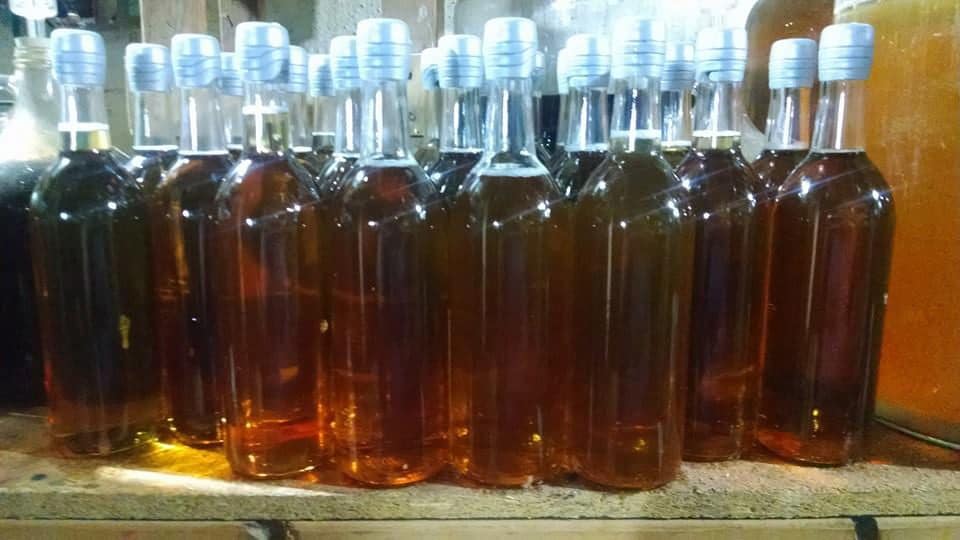
Anyway, on to that Pumpkin Mead Recipe!
How to Make Pumpkin Mead
Equipment
- 7.5 gallon pot (or bigger)
- 1 6.5 gallon fermenter bucket and lid
- 1 air lock and stopper
- Siphon, siphon tubing.
- 1 or 2 6.5 gallon glass carboys
Ingredients
- 5 gallons spring water
- 12 lbs Honey
- 2 lbs brown sugar
- 1 cup maple syrup
- 2+ cans Pumpkin puree 29 oz cans
- 2-3 oz fresh ginger peeled and sliced.
- 2 teaspoon cinnamon
- ½ teaspoon nutmeg
- ½ teaspoon cloves
- Zest of one orange
- 2 vanilla beans sliced in half lengthwise
- 1 teaspoon acid blend
- 3 teaspoon yeast nutrient
- 1 packet White Labs “WLP 720 Sweet Mead” yeast
Instructions
- Measure out water and honey into a very large pot (We use a 7 gallon turkey fryer), stir well.
- Add brown sugar, maple syrup, pumpkin, spices, orange zest, and vanilla beans, stir again to mix well.
- Heat to ALMOST boiling, then simmer gently for 30 minutes.
- Stir in acid blend and yeast nutrient.
- Carefully pour mixture into a freshly sanitized fermenting bucket. Cover with sanitized lid and air lock, allow to cool to room temperature (overnight).
- The next morning, give the mixture a quick stir with a long, sanitized spoon, and – using sanitized equipment – take a gravity reading of the liquid (strain out any flowers in the liquid you're measuring). Keep track of the number! (This is an optional step, but will allow you to calculate your final ABV %)
- Sprinkle yeast into fermenter, cover with sanitized cover and air lock. Within 48 hours, you should notice fermentation activity – bubbles in the airlock, carbonation and /or swirling in the mead must. This means you’re good to go!
- After a week or so, use your sanitized siphon setup to rack the must into a freshly sanitized carboy. Put the carboy somewhere cool (not cold!), and leave it alone for a month or so.
- Using sanitized equipment, rack the mead off the sediment, into a clean, freshly sanitized carboy. Cap with sanitized airlock, leave it alone for another 2-3 months.
- Rack one more time, leave it for another 3 months or so.
- When your mead has been racked a few times and shows NO more fermenting activity for a month or so (no bubbles in the airlock, no more sediment being produced, you can move on to bottling.
- If stabilizing, follow the instructions on your selected type of wine stabilizer to stop fermentation. For potassium sorbate, this needs to be done 2-3 days before bottling.
- Using sanitized equipment, take a gravity reading, then rack the mead into clean, sanitized bottles. Cork.




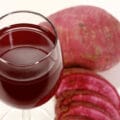


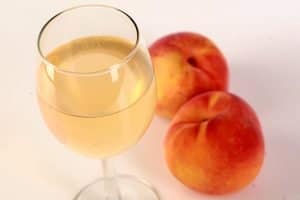

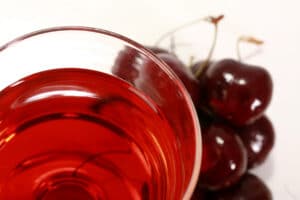
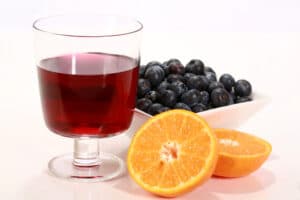
Clint
What is the rough abv on this?
Marie Porter
It varies wildly based on the amount of sugar added, etc.
Dan O
This sounds like a tasty mead. I'm starting a pumpkin cyser this week & was curious....What is the reasoning for adding the acid blend in the beginning? Usually, acids are added to taste @ the end of fermentation. Being a mazer myself, I'm always on the search for the most knowledge about the hobby. Thanks, in advance, if you reply.
Marie Porter
Honestly, that's how we learned to do it when we were getting started, so it stuck.
We'll alter the amount based on the acidity of the fruit being used, but that's about it.
Jacob
I'm looking at trying this recipe, but I'm wanting to use fresh pumpkins I have, do you have any recommendations for that? (It's my first time)
Marie Porter
I would roast and mash them, measure them out same as pumpkin puree.
Kim
Hi, I'd like to try the pumpkin mead recipe and I'm wondering if I can use vanilla bean paste instead of the vanilla bean.
I have 2 gallons of your hard cider brewing right now. I love that your recipes are easy and quick and appear to have a lot of flavor. I will let you know how they turn out.
Thank you in advance.
Marie Porter
Thank you!
Yes, you can definitely use vanilla paste instead.
When it comes to flavouring, you really can do pretty much whatever you want - with only a few caveats:
- use stuff that tastes good.
- try not to use too much, you can always add more later
- don't use anything with a ton of preservatives in it, as it may mess with fermentation.
Kimberly A Shilling
Awesome, thank you Marie. I'm starting this right now! And thank you for the great recipes!
VC
Do you use whole spices here, or since it's in tsp are you using ground spices? Hoping to try to make it easier to clear this with whole spices.
Marie Porter
We use ground spices. You could probably use whole, but the ground really doesn't make it any more difficult to clear!
S.J.
Just finished the 3rd racking, and I have to fight my partner to stay out of the mead! It’s already so delicious. We backsweetened a little and are so ready to sip the finished mead on a cool autumn night! Thanks for the great recipe!
Marie Porter
Great to hear! Enjoy!